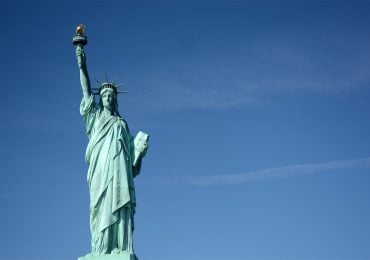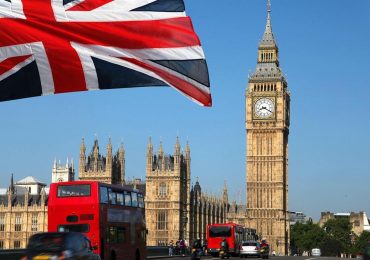Positive oil price growth dynamics – the result of the trade truce with China
The ruble rate strengthens against the backdrop of the stabilizing price of Brent crude oil, which began to rise in price from December 28, 2018. Thus, by mid-January 2019, the Brent barrel rose from 52.2 to 60.25 dollars.
WTI oil brand (Texas, USA) also showed the positive growth: from 45.33 to $ 51.25 per barrel. Consider the main factors affecting this situation.
The effects of the trade war between China and the United States are minimized gradually. This is evidenced by the negotiations of representatives of the President Donald Trump and the Chinese side. Recall – the dialogue began on January 7, 2019 and its results are evaluated as promising. The signing of a trade agreement is expected, and this, as is known, is positive news for the entire world economy.
The sale of assets in the markets, caused by fears that the trade war between China and the United States will cause a decrease in oil consumption was terminated.
In early 2019, Apple quotes fell by more than 9%. This event was associated with information about a slowdown in sales in China and some other emerging markets.
In the United States, oil reserves are projected to decline. Inventories decreased by 6.1 million barrels, and reserves of goods – by 1.7 barrels.
In early December 2018, the OPEC + parties agreed to reduce hydrocarbon production. In fact, pumping of black gold has decreased due to Saudi Arabia – by 460 thousand barrels per day.
Oil price growth dynamics and the strong ruble
As soon as the price of oil began to rise, the national currency of the Russian Federation showed a positive trend. Expensive hydrocarbons were the reason for buying the ruble on the open market. Since December 28, 2017, the ruble has grown by 4%.

Meanwhile, the Central Bank returned to the currency market. Previously, the purchase of dollars for the Ministry of Finance took away all the super profits received from the sale of oil is more expensive than for $ 40.08.
At the end of the summer of 2018, the regulator, under the influence of American sanctions, left the foreign exchange market and extended its decision until the end of the year. On January 15, the Central Bank returned to the acquisition of foreign currency. Pending dollar purchases are expected to be distributed evenly until 2021.
It is noted that the purchase of foreign currency by the Central Bank will be small and will not adversely affect the ruble exchange rate. However, in the future another challenge is posed for global economies – Brexit.









